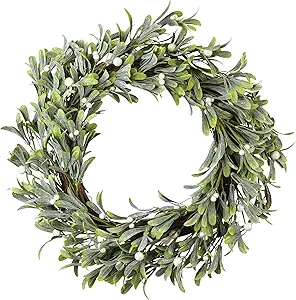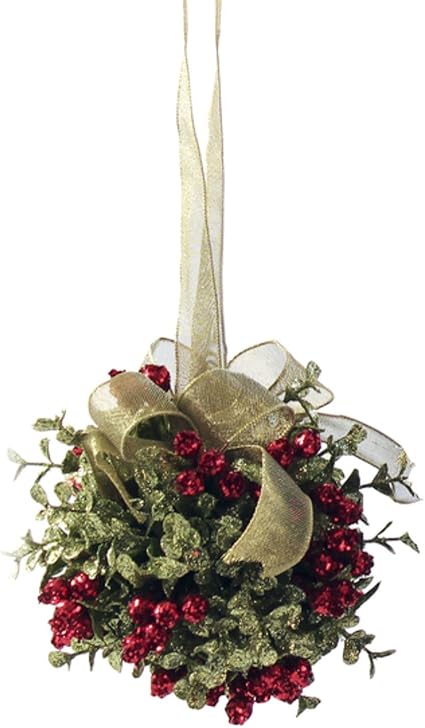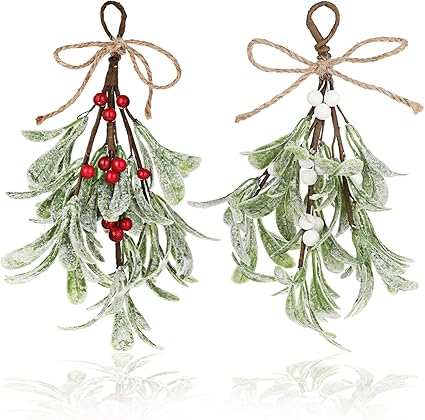
Name & Origins
- German name: Mistel
- It’s native to many parts of Germany, especially in orchards and forests.
- Mistletoe grows parasitically on trees like apple, poplar, and oak.
Holiday Symbolism
- While the whole “kiss under the mistletoe” tradition is more Anglo-American, Germany has its own appreciation of mistletoe as a winter decoration.
- It’s often used in Advent wreaths, doorways, or hung decoratively—especially in more rural or traditional households.
Folklore and Beliefs
- In Germanic and Celtic traditions, mistletoe was considered magical, often associated with healing, protection, and fertility.
- Some believed it could ward off evil spirits and bring good luck.
Where to Find It
- Around Christmas, you’ll find bundles of mistletoe sold at Christmas markets (Weihnachtsmärkte).
- Florists and garden centers often sell it too, especially in December.
- Kissing Tradition: Mistletoe is more commonly seen as a festive decoration or for its supposed healing powers (in folk medicine), but the idea of kissing under it isn’t a widespread or traditional part of German Christmas customs.
- The romantic tradition of kissing under mistletoe became popular in Victorian England and was later brought to the U.S., where it’s now a well-known holiday cliché.
That said, with globalization and cultural blending, you might see some Germans adopting the mistletoe-kiss idea—especially among younger generations or at themed Christmas parties—but it’s more of a borrowed tradition than a native one.
As an Amazon Affiliate, I earn from qualifying purchases. Copyright ©2024 WilsonWanders.com




